Chanel: If you want to be original, be ready to be copied
Coco Chanel allegedly once said that ‘If you want to be original, be ready to be copied’. In the world of fashion, this quote exemplifies two key issues: originality and copying.
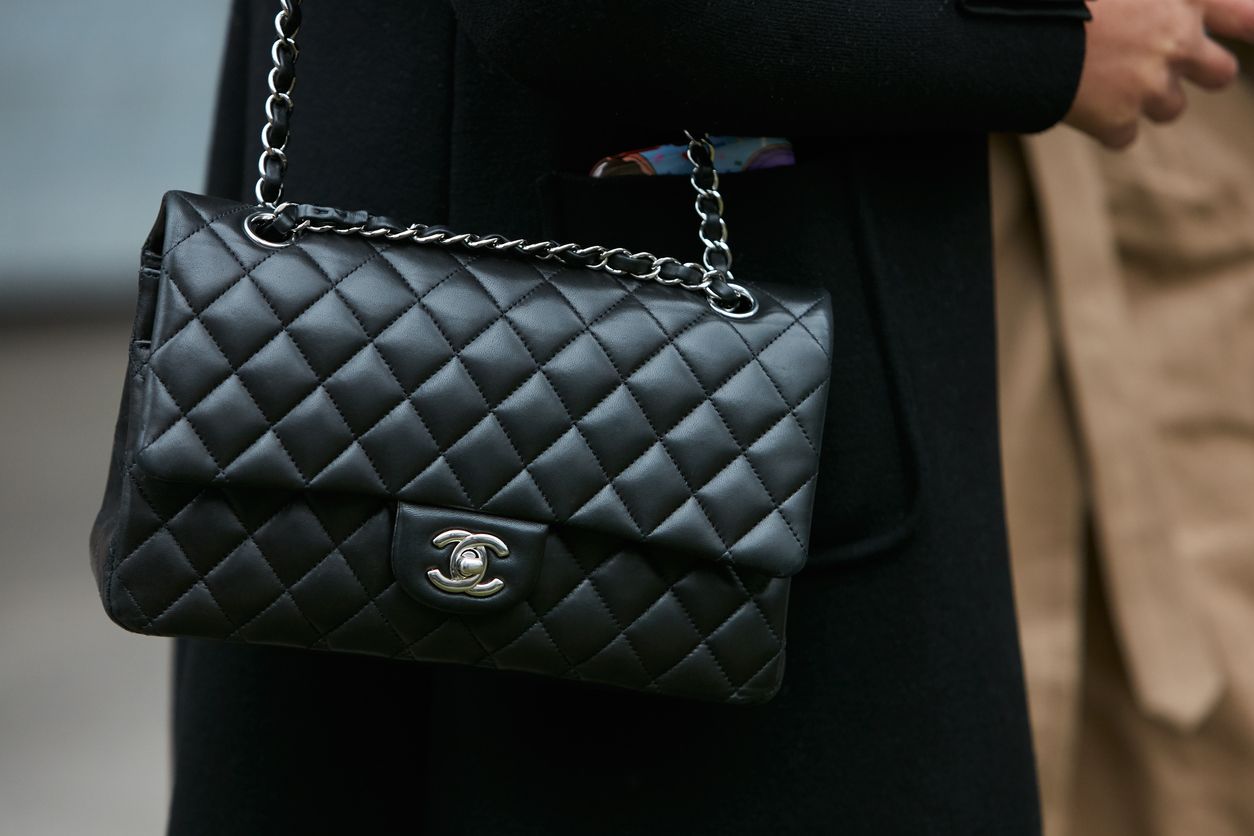
Fashion, by definition, is an industry based on reinvention and reimagining historic looks. It is also an industry which revels in seasonal trends.
We might see a trend in colour, a trend in look or a trend in garment construction or shape. However, what is the difference between copying and merely being inspired or following a fashion trend?
Also, what is original in the world of fashion from an IP law perspective?
The rights protecting fashion designs
The core intellectual property rights which protect fashion designs in the United Kingdom are registered and unregistered design rights and copyright.
Such design and copyright rights essentially protect the look of a fashion design.
Now, the area of registered and unregistered design rights in the UK is complex with multiple and overlapping rights which have built up over time and which have been significantly impacted by Brexit.
UK registered design registrations cover elements such as lines, contours, colours, shapes, textures, materials or ornamentation of the whole or a part of a product.
Such designs need to be new and have individual character to be valid.
Basically, the design should not be identical to designs which have gone before and give a different overall impression to prior designs.
You have a one year grace period from making the design available to the public in which you can register the design, otherwise your own disclosure of the design will destroy the novelty of any registered design you might obtain.
You do not have to show copying for a registered design to be infringed, simply that it gives the same overall impression to the informed user.
Unregistered design protection in the UK consists of three unregistered rights, one of which will essentially cease to exist on 31st December 2023.
UK Unregistered Right protects the shape and configuration of a design providing it is not ‘commonplace’.
This type of right can only be owned by nationals of the UK and a small number of other states.
For fashion designs such rights can often be limited, but could apply to the shape of a dress for example.
A UK Unregistered Design Right is infringed if it is copied.
We then have two unregistered designs which are the product of Brexit.
UK Continuing Unregistered Design Right protect designs which were disclosed before 31st December 2020, the end of the Brexit transitional period, and which were protected under by Community Unregistered Design Right in the EU, which extended to elements of lines, contours, colours, shapes, textures, materials and ornamentation, amongst other elements.
As Community Unregistered Design Rights can only last three years from first disclosure, all UK Continuing Unregistered Design Rights will have expired by 31st December 2023.
A UK Continuing Unregistered Design Right is infringed if it is copied.
UK Supplementary Unregistered Design Rights protect the same designs as UK Continuing Unregistered Designs, but apply to designs disclosed for the first time in the United Kingdom after the end of 31st December 2020.
A UK Supplementary Unregistered Design Right is infringed if it is copied.
Finally we have copyright, which protects works such as literary, dramatic, musical and artistic works.
A fashion item could be deemed an artistic work and infringed when the whole or a substantial part of the work is copied.
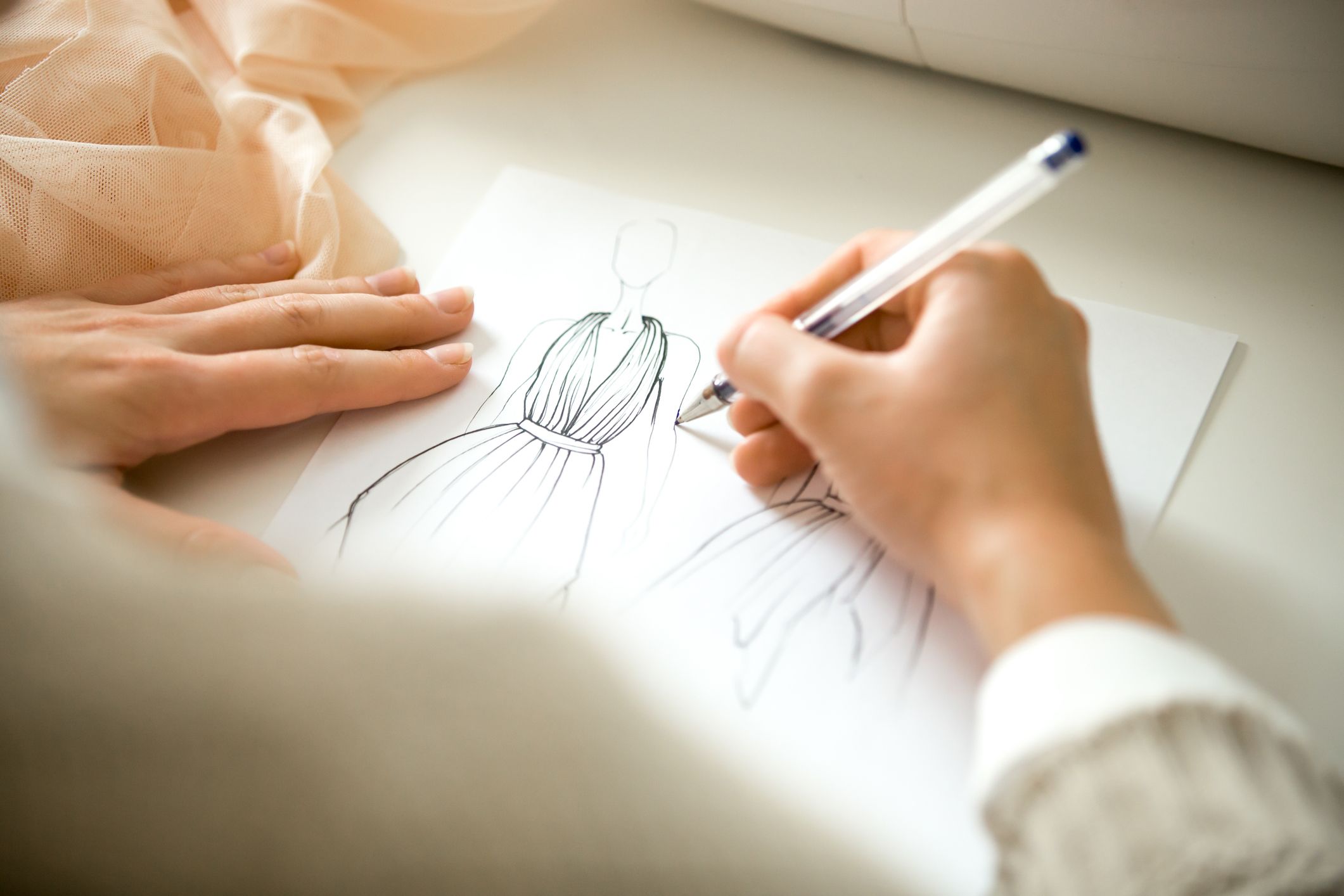
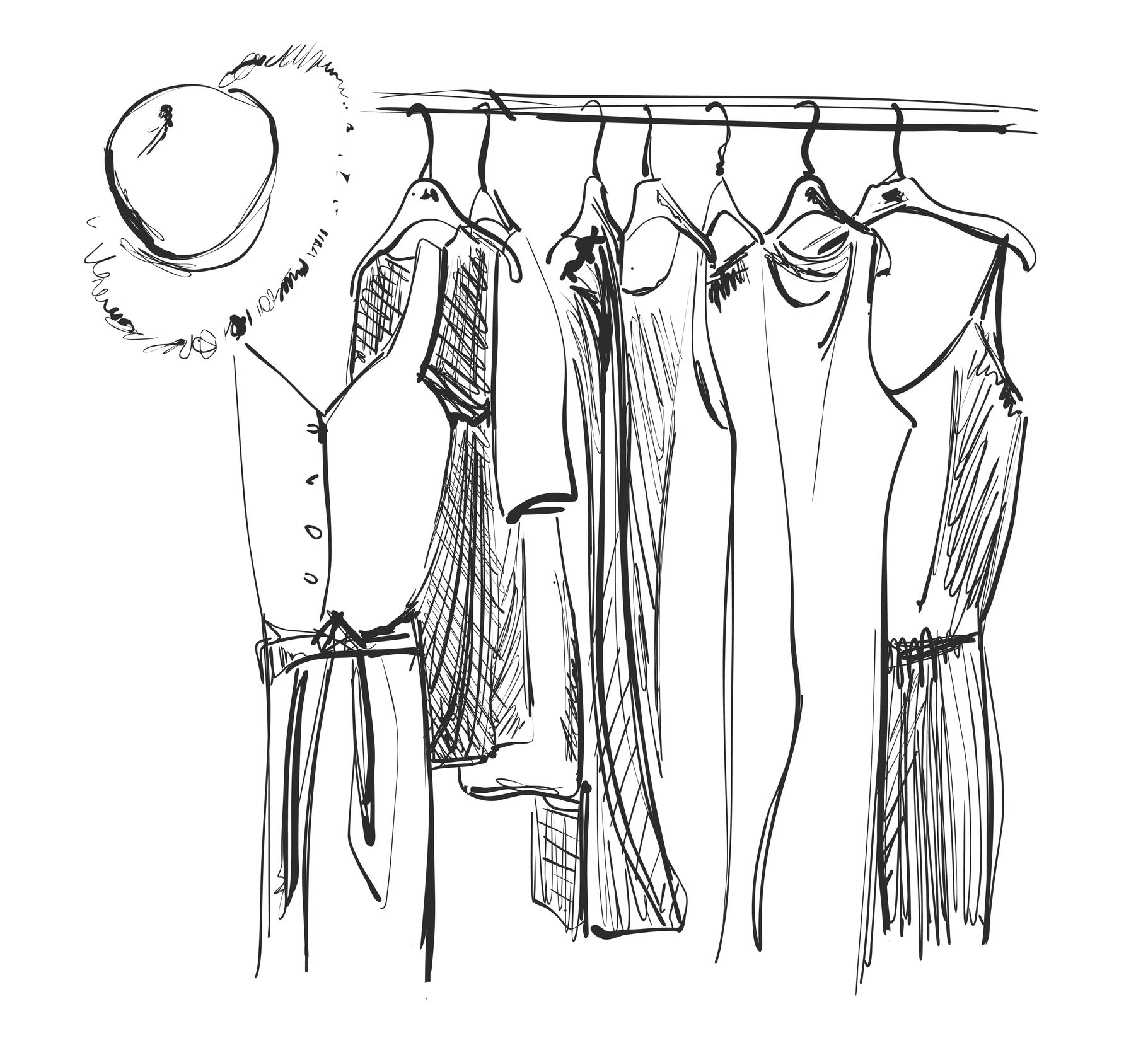
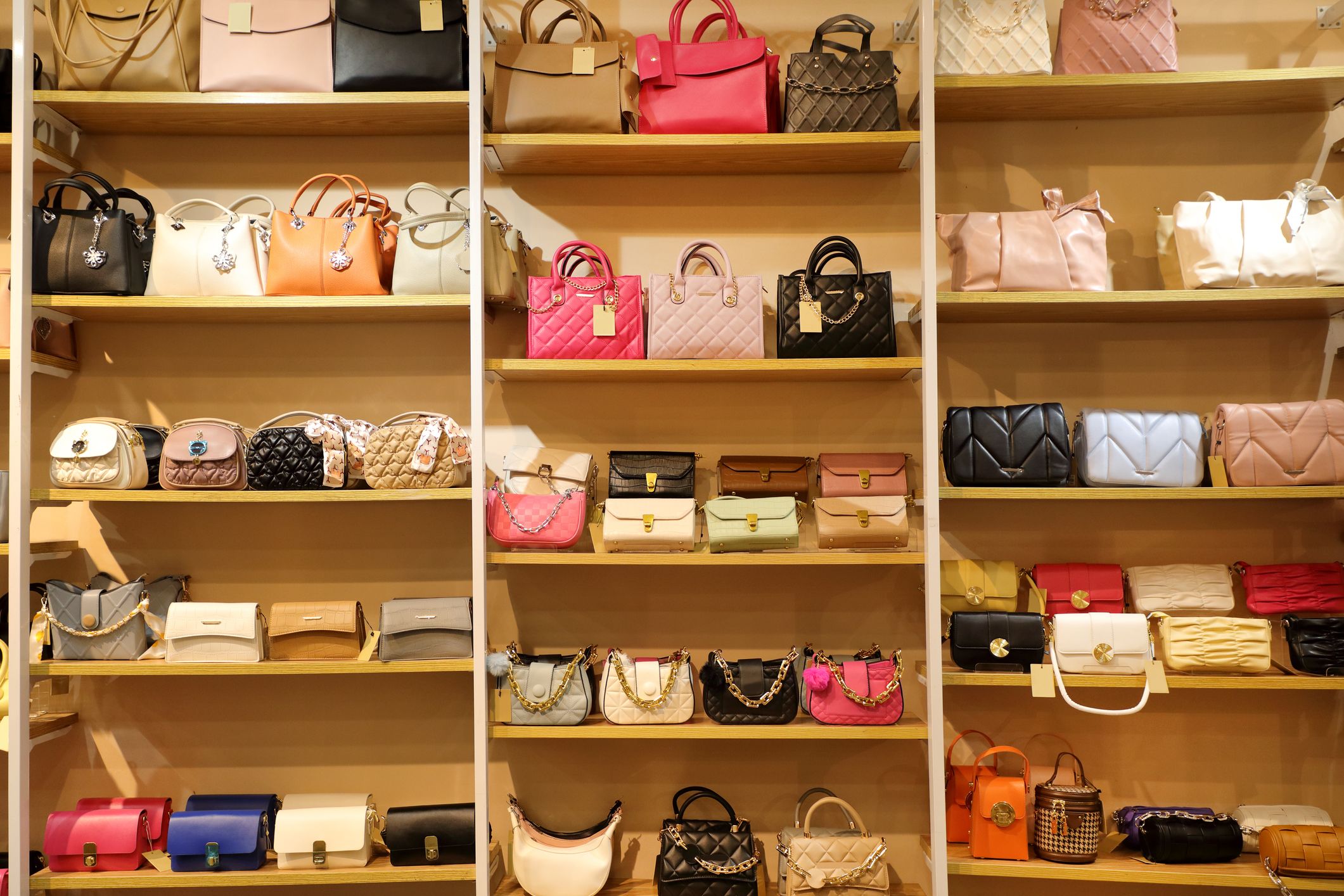
What is original?
As Coco Chanel implied - before you are to be copied, you have to first be original.
Originality in fashion can on the face of it feel hard, as it is an industry which naturally recycles and re-imagines historic elements of design.
However, the Karen Millen case before the Irish courts in 2014 which concerned Community Unregistered Design Rights, which are now mirrored in UK Continuing and Supplementary Unregistered Design Rights, shows that the combination of elements of a fashion design which in themselves are not original can create an original design and be protected.
Therefore, a designer can take from previous elements of fashion design to create a new novel design which can be protected by IP rights.
How original a fashion design is, and the extent of any IP rights in it, may well depend on the prior art in existence at the time the designer created the design.
It will also depend on the design freedom the designer could exert.
For example, the basic shape of a pair of trousers could not be monopolised as it has been in existence for eons and has to follow a certain form.
However, it would be perfectly possible to monopolise a distinctive design applied to such trousers or a form of stitching or pocket for example.
What is copying?
Coco Chanel, I suspect, knew when she thought one of her works had been copied. However what legally counts as copying?
As you will have noticed from the above, to infringe the various unregistered design and copyright rights which protect fashion designs you have to show copying.
Copying can be both conscious and unconscious. Conscious copying is possibly easy to define and obvious.
If another designer can be shown to have seen the design concerned and consciously copied the whole or elements of the fashion design concerned.
If a fashion design is identical to another design, generally the onus to show ‘independent creation’ passes to the alleged infringer.
However, even if the designs are identical, if the alleged infringer can show independent creation by way of good design records and testimony. If comprehensive and detailed enough, this can defeat a claim of infringement.
We then come to the tricky issue of unconscious copying. Unconscious copying can occur if a designer can be shown to have seen a design in passing.
The design is then lodged in the designer’s mind and potentially used later. Again however proof of independent creation can be used to defeat such a claim.
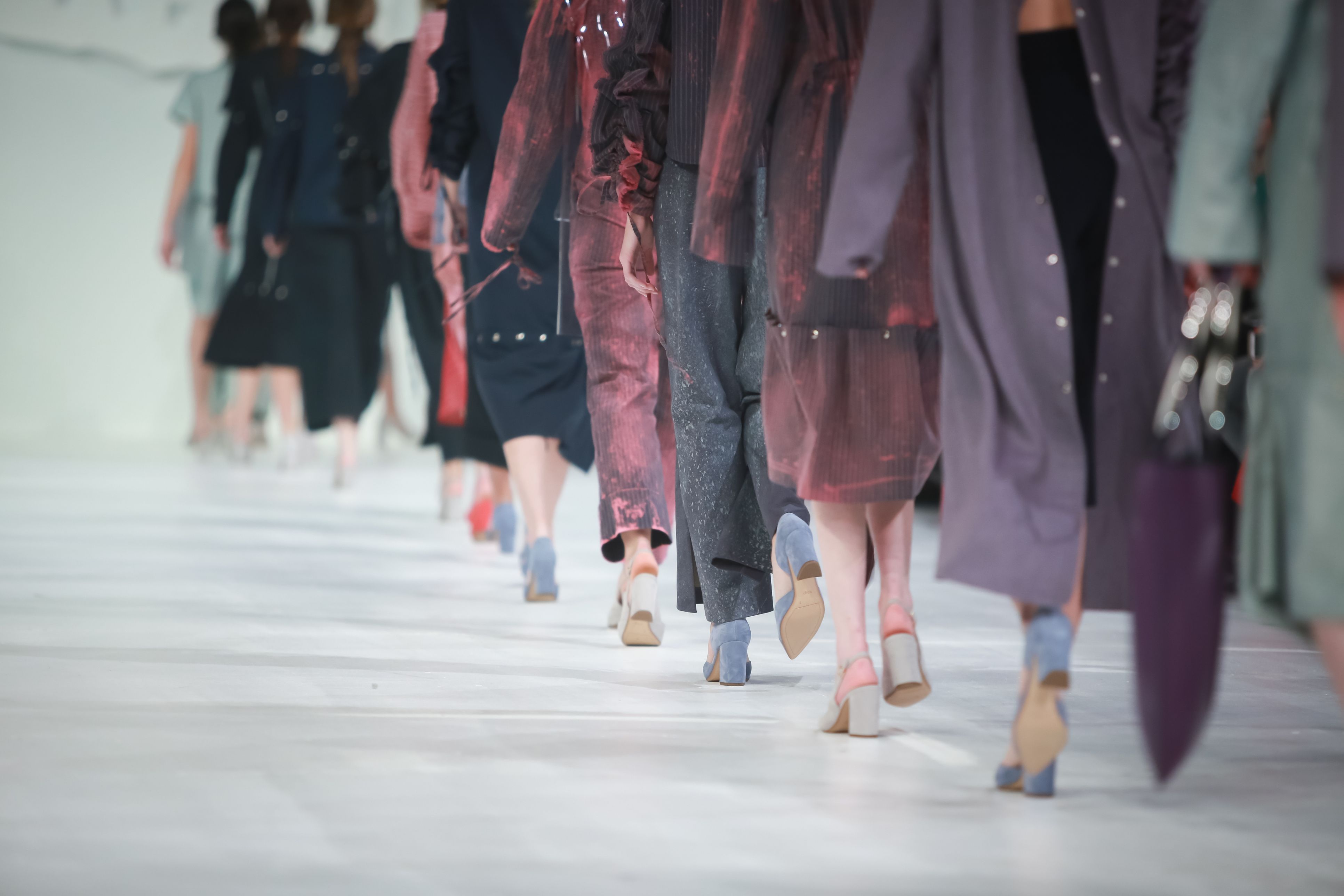
Copying or simply following a seasonal or historical trend?
A well known saying is that intellectual property law does not protect an idea, but the expression of an idea - or in short ‘the idea expression dichotomy’.
This is important when one comes to considering trends in the world of fashion.
Fashion has been characterised by seasonal and historic trends: The S-bend corset of the 1900s, the hobble skirt of the 1910s, the flapper style of the 1920s, the bias cut gowns of the 1930s, the ‘new look’ of the 1950s, the mini-skirt of 1960s and the platform heels of the 1970s. Colours come and go by season.
Could any one designer claim rights in a style or trend? Probably not. Christian Dior maybe came closest to potentially claiming rights to a look, when he pioneered the ‘new look’ of the 1950s, but IP rights would generally only protect the specific expression of a certain fashion design, not an overall theme or style.
Coco Chanel seemed to a degree to have spoken about this issue in 1959 when she distinguished between a copy and an imitation.
Although, I doubt when speaking in 1959 she was considering IP protection.
Of course, one cannot ask her now what she truly meant by these comments.
Back to Coco
There are a multitude of IP rights which protect fashion designs and can stop copying. Originality is clearly possible in fashion design despite being an industry built on reinvention and following seasonal trends. As Coco Chanel is reported to have once said “You were born an original, don’t become a copy!”
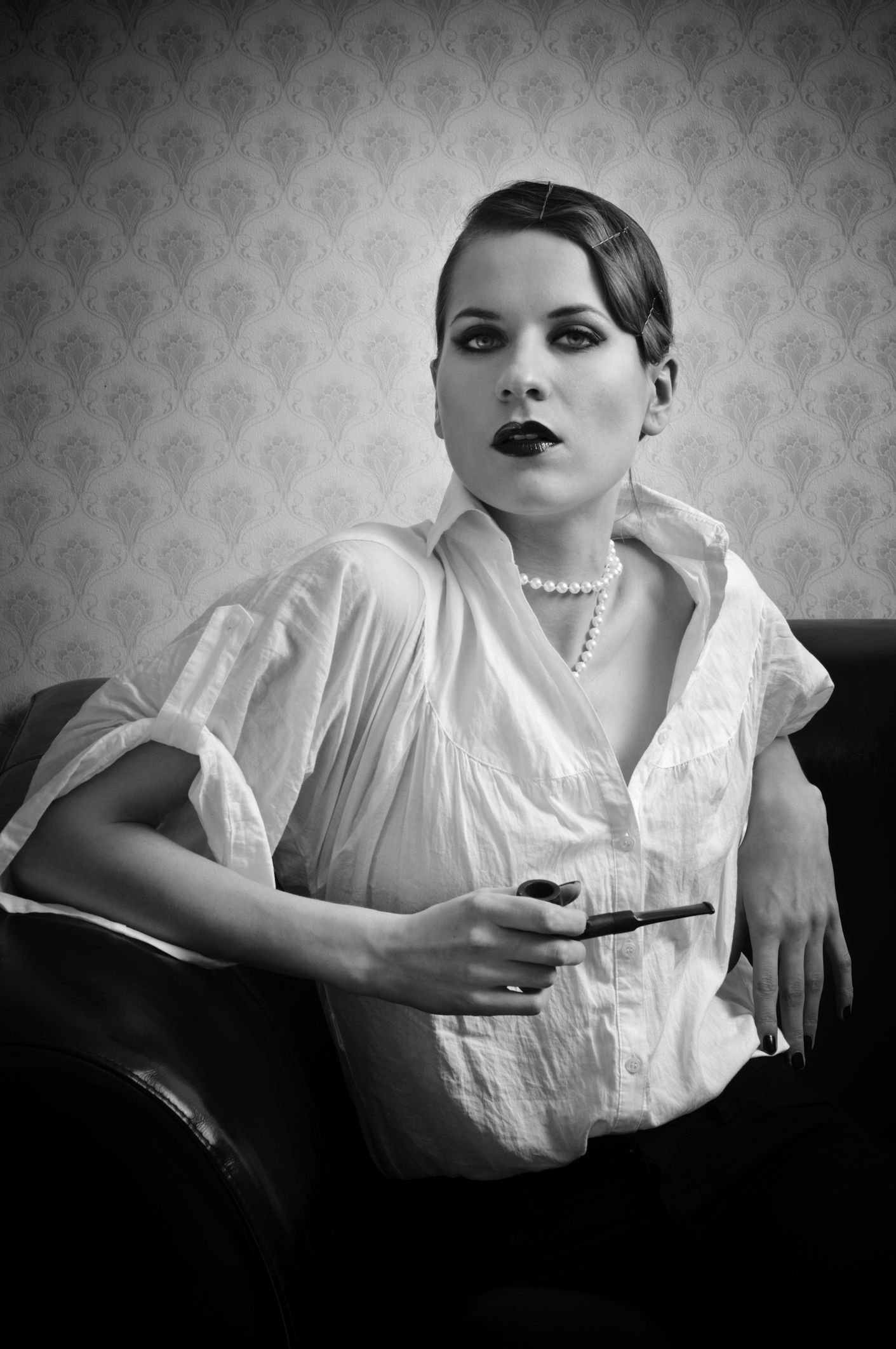
Learn more about protecting your IP:

Authored by Lee Curtis, a UK Chartered Trade Mark Attorney at HGF
lcurtis@hgf.com
